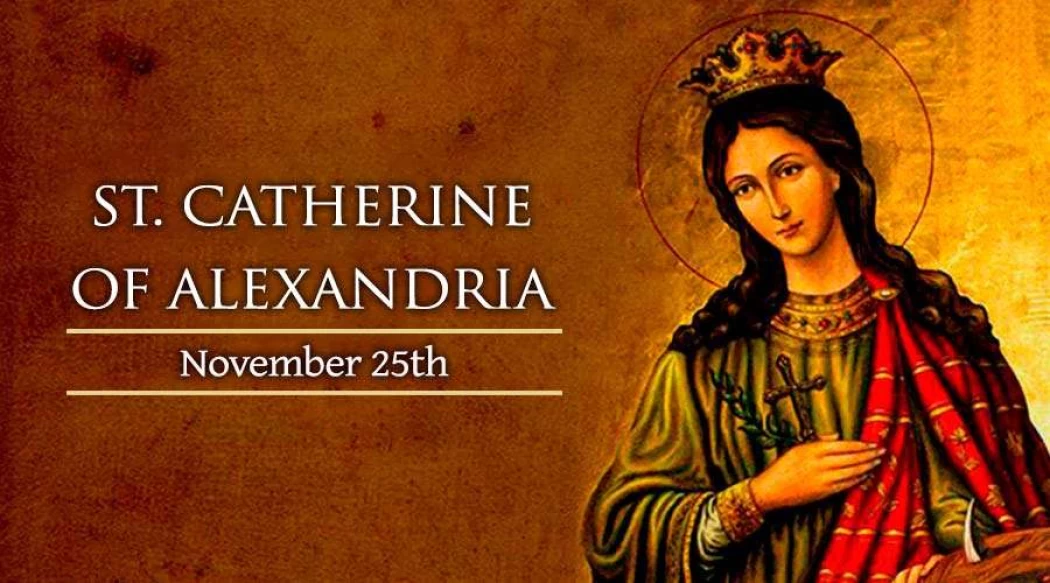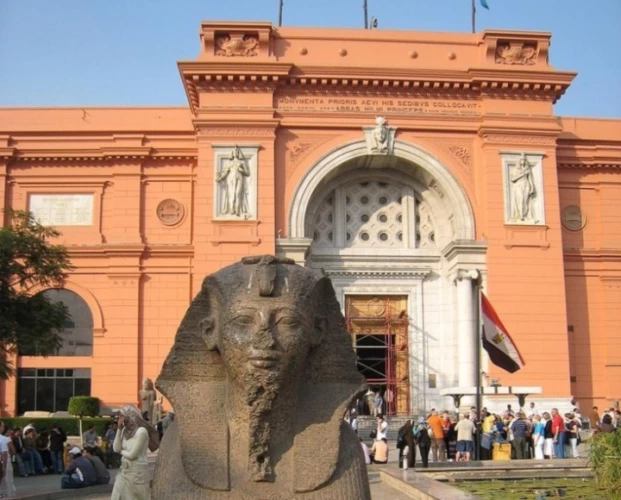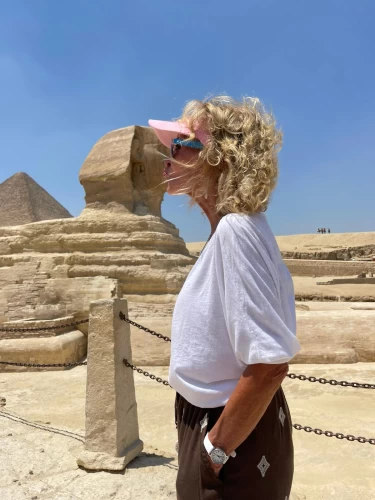
St. Catherine's Cathedral | Alexandria
St. Catherine's Cathedral
Alexandria Governorate is considered one of the governorates in which more than one foreign community lived in it for many years until the city was called Cosmopolitan, which is the multicultural city, and when you wander through its streets, you inhale the fragrance of history in the architecture, especially in Downtown Alexandria and feel as if you are in the streets of Europe, and in the famous Manshiya area, which is a gathering area for foreign communities in the past and was a commercial center for them.
The St. Catherine Cathedral is situated in the central region of Alexandria, specifically in the Manshiya district and was founded in the year 1850 during the time of the Ottoman Empire over the foundations of two temples that existed back in 1632 and had been devoted to the Franciscan monks of the Holy Land, which were destroyed and in return were given a bigger piece of land where another church built in the year 1840 named St Catherine church was constructed. Presently, the church is composed of two sections, the first section being the arrange in which the old church was and has been reconstructed. The second section points out the extension of the church to the present shape, which has been done without compromising the shared architectural history of the church.
Among the many constructions found in the district of Manshiya near the center of Alexandria, this church can be said to be one of the oldest since it comes with a rectangular compound with a square marble pedestal that has been topped with a cross, an office block and a block for the elementary and junior secondary school that encompasses other suburban schools.
Inside the church, there are 12 icons above the main columns, and they are among the most important oil icons of St. Catherine, gifted by King Ferdinand I of Austria in 1847 AD, in which the saint appears to dialogue with pagan philosophers.
The church is one of the oldest churches in Alexandria and has a number of rare accessories, including the body of St. Sabina, who was martyred at the end of the third century AD in Rome, and her body is preserved in a glass box in addition to preserving her blood and a marble plaque inscribed in Latin, and a large number of church members come to visit it.
One of the most central artworks revolving around the life of St. Matriarch, is a painting titled St. Matriarch, which was executed in 1947 and represents a very important phase of her life when 50 philosophers were sent to her in order to persuade her from Christianity to paganism, but her faith was so strong, that the philosophers converted to Christianity instead.
















